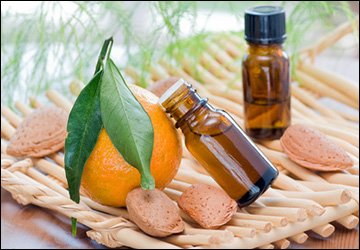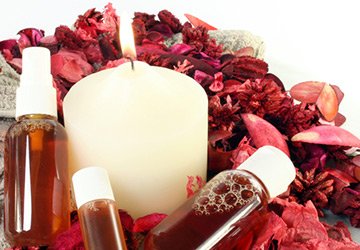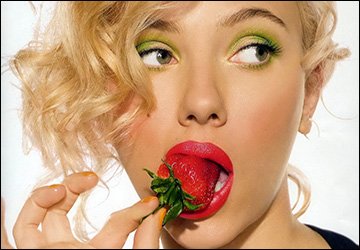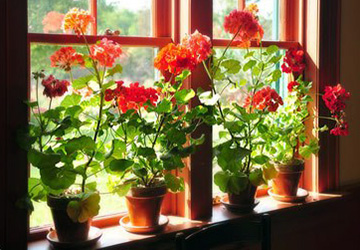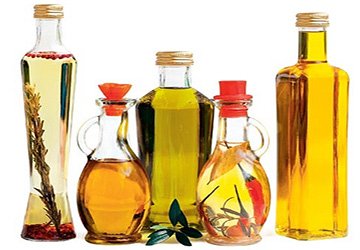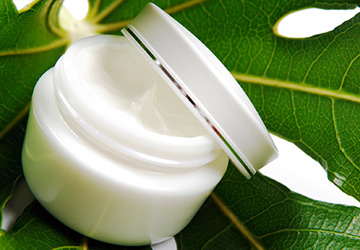Perfumery
How to choose and buy quality essential oils
Essential oils are volatile, liquid, multicomponent (from 50 to 500 compounds) organic substances found in plants. It is thanks to them that we smell the plants.
There are about 80 thousand species of ether plants, but only 150 - 200 species are of industrial importance.... Most of the plants from which essential oils are obtained are tropical or subtropical. There are also essential plants in the middle lane - coriander, mint, anise, sage, basil, cumin, fennel, lavender and others. Essential oils can be concentrated in various plant organs: leaves, flowers, stems, bark, seeds, fruit skins, flower buds, wood, roots. Certain types of lichens, such as oakmoss, often used in chypre perfumes, also contain essential oils.
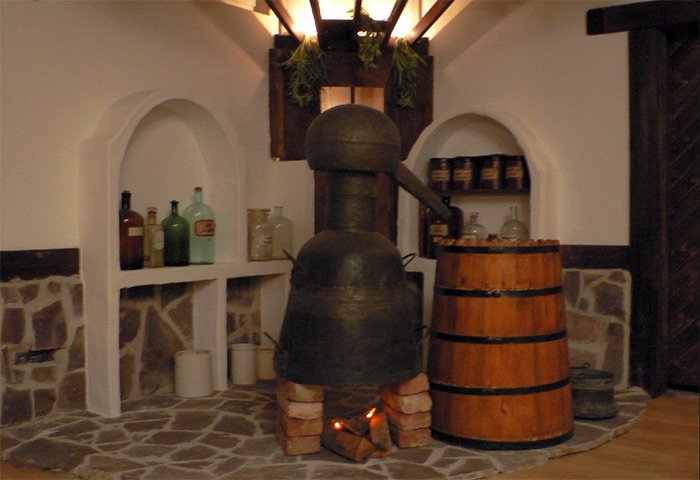
Essential oils in some plants are sometimes contained in such small and even ultra-small quantities that makes it impossible to obtain them from these plants.
Natural essential oils are often confused with vegetable oils. Their similarity lies in the fact that both do not dissolve in water, are oily to the touch and leave a greasy mark. But here it is necessary to make an amendment - the stain from the essential oil, due to its volatility, evaporates, but from the vegetable oil it remains.
Essential oils are transparent, colorless or slightly colored, do not dissolve in water, but dissolve well in alcohol, resins, ether, benzene, as well as in natural products such as honey, cream, fats, wax and vegetable oils. Essential oils are capable of aromatizing water. Under the influence of oxygen and light, they are oxidized and tarred. Boiling point 160-240? С. When cooled, they can crystallize.
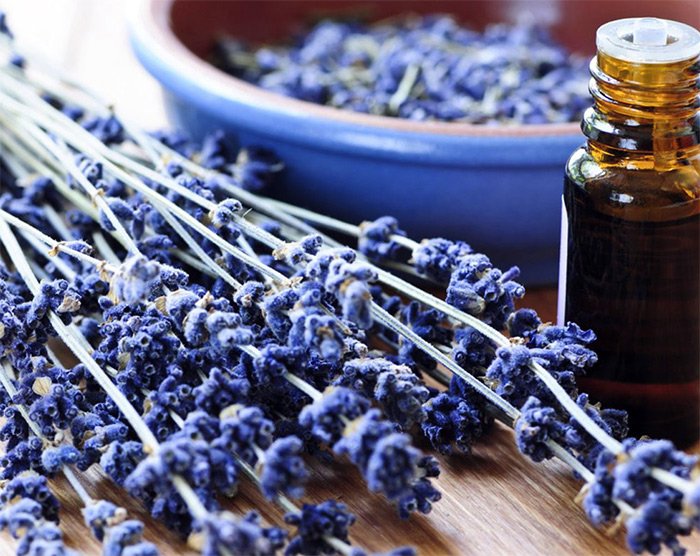
How to choose and buy natural essential oils
How to determine the quality of essential oils?
Before answering this question, it should be explained by what parameters the oil quality is determined. The quality parameters of essential oils are their effectiveness and harmlessness to the body.
What determines the quality of an essential oil?
The quality of the oil depends on the method of production, the place of growth of the plant, the time of collection and the storage period. The quality of the oil is also influenced by the climate and the soil, as well as chemical fertilizers, and even insect repellents. The method of making the oil matters. Some parts of ethereal plants, such as flowers, quickly lose their qualities. Therefore, they need to be used as quickly as possible. But such as roots or seeds can be stored longer. They are transported to various parts of the world. There are peculiarities in the assembly of ethereal plants: some are harvested at certain hours of the day or at a certain time of the year, during flowering or fruit formation.
“… At the end of June the time for jasmine began, in August - tuberose. These plants had such an exquisite and at the same time fragile fragrance that it was necessary not only to pluck the flowers before sunrise, but also to subject them to a special, most gentle treatment ... "
P. Suskind. "Perfumer"
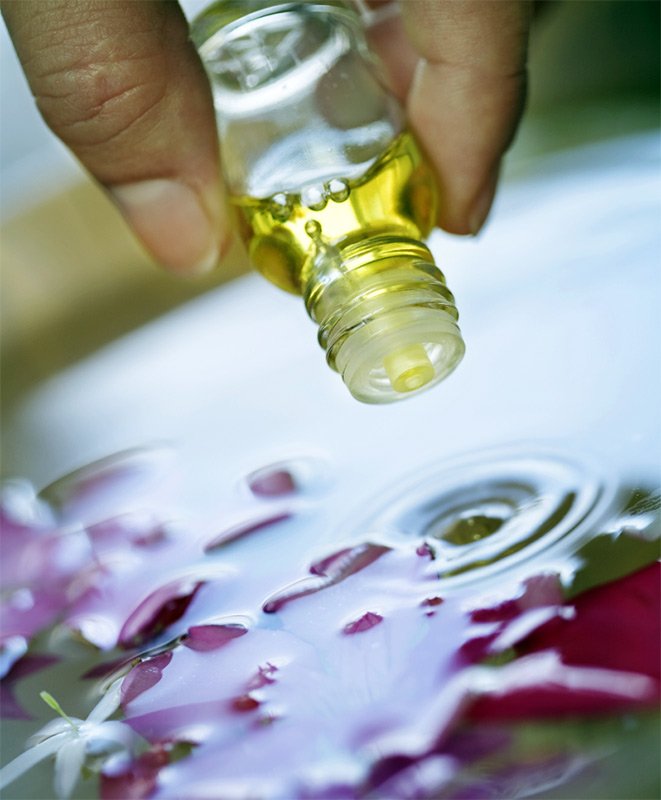
Essential oil quality
Outwardly, high-quality oil is transparent, without sediment, homogeneous. After evaporation of a drop of oil from the surface of the paper, no greasy stain remains, but if the oil has a color, then slight staining is possible. The quality of the oil can be determined as follows: Apply one drop of oil on three sheets of paper at intervals of 30 minutes. Then smell it. The first sheet should have lower odor shades (lower tone) - balsamic shades. On the second (middle tone - heart tone) - tart, refined notes, on the third (top tone) - freshness and lightness prevail in the shades.All these different tones in the melody of the essential oil are natural and speak of a quality oil. If all three leaves differ only in the intensity of the smell, and not in the variety of sound, then ... it remains only to guess what kind of oil it is.
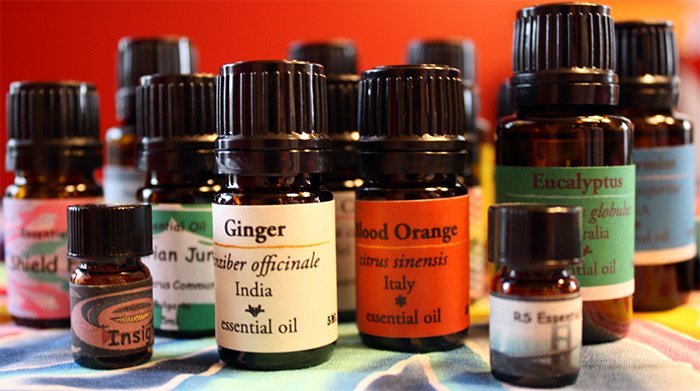
Labels can also tell you about the quality of the oil. If the labels with the inscription are 100% pure, 100% artifisches (essentail) oil (100% pure; 100% essential oil), then this speaks of confidence in the quality of the essential oil producers. They do not need to reassure customers that the oil is "own bottled" or "organic oil" and make up other beliefs. In accordance with International Standards, the label must not contain advertising information. If the bottle says it is “Aromatherapy Oil”, it’s not pure essential oil, but it’s not a fake either. "Aromatherapy oil" is a mixture of essential oil (10 - 15%) with mineral oil, base oil or alcohol (85 - 90%). On the other hand, if it is marketed as ethereal, then it is simply a hoax.

Another important determinant of oil quality is that the bottle should be made of dark glass with a dosimeter on the neck. The beauty of the bottle does not mean the high quality of the oil. The most optimal packaging of oil is 10 ml, except for especially valuable oils - rose, jasmine, verbena, tuberose, which can be in a container of 1 ml. (THERE ARE 2 and 5ml)
And the brand name is also an important guarantee of high quality.
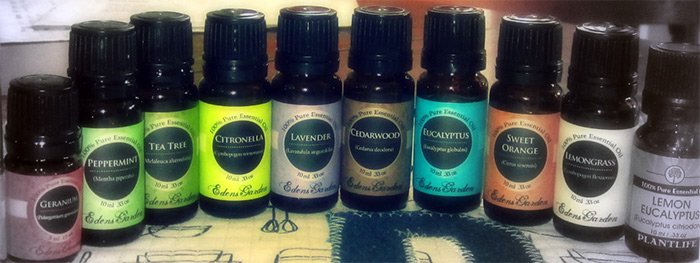
How is the cost of an essential oil determined?
The cost of an essential oil is determined by the quality, rarity of essential oil plants and the percentage of essential oil in the plant. In the latter case, several examples can be cited: from 100 kg of eucalyptus, 3 kg of oil is obtained, from 100 kg of juniper - 500 g, from 100 kg of bitter orange flowers - 50 g of oil, from 100 kg of clove buds - 16-19 kg of oil, and from 100 kg of lemon balm leaves - 100 g butter.
The cost of essential oils depends on the cost of raw materials (hyssop is more expensive than bitter orange flowers - neroli); on the method of obtaining essential oil: enflerage (jasmine) is a more expensive procedure than steam sublimation (lemon balm), and steam sublimation is more expensive than pressing (peel oils - tangerine, lemon); from environmental restrictions on production (sandalwood).
Sometimes essential oils can be obtained from the same plant, differing in their properties, action and aroma. This also affects the cost. For example, three different essential oils can be obtained from bitter orange: "Petit-Grain" - from the shoots, "Neroli" - from the inflorescences and "Bitter orange" - from the peel of the fruit.
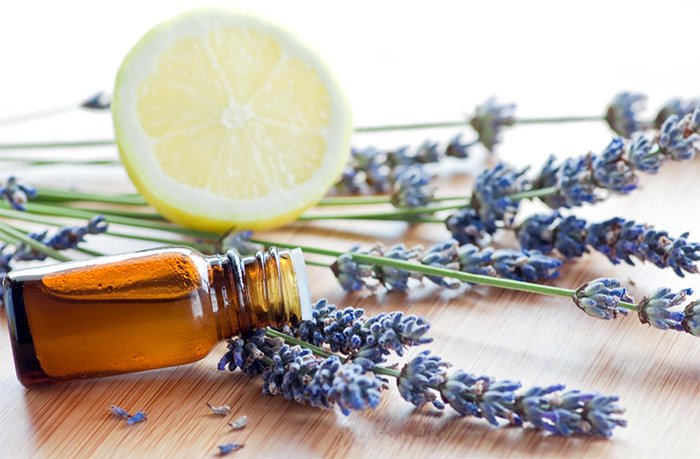
What explains the different cost of oil of the same name, even within the same manufacturer? Essential oil contains a high percentage of oxygenated hydrocarbons. The higher this percentage, the more the oil irritates the skin. The process of reducing oxygenated hydrocarbons in essential oil causes a gradation in the cost of the oil of the same name. The cost of oil also depends on the volume of production of essential oils by a given company. The larger the volume, the cheaper the essential oils.
Essential oils are produced all over the world, in some countries more, in others less, and each country has its own specifics. This is due to the climatic conditions of the country, which favor the growth of certain plants.
The largest producers of essential oils on the world market are Styx Naturcosmetic Austria, Bergland –Pharma Germany, Vivasan Switzerland, R.Expo India, Floressence France, and the Russian company LECUS.
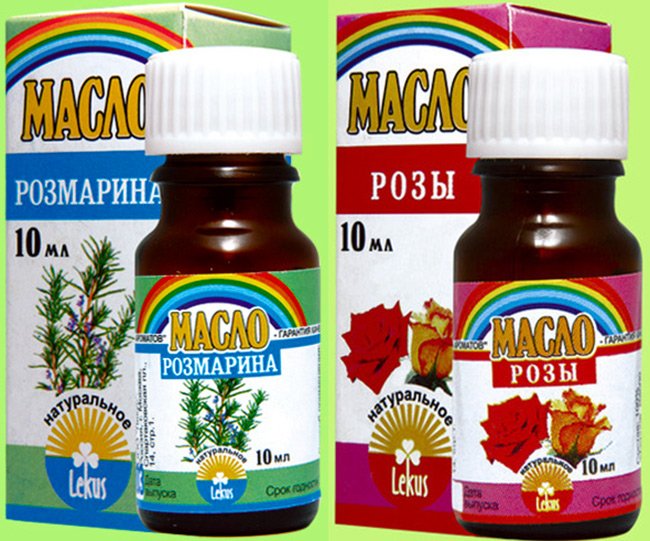
Lekus products and website - https://lekus.ru/
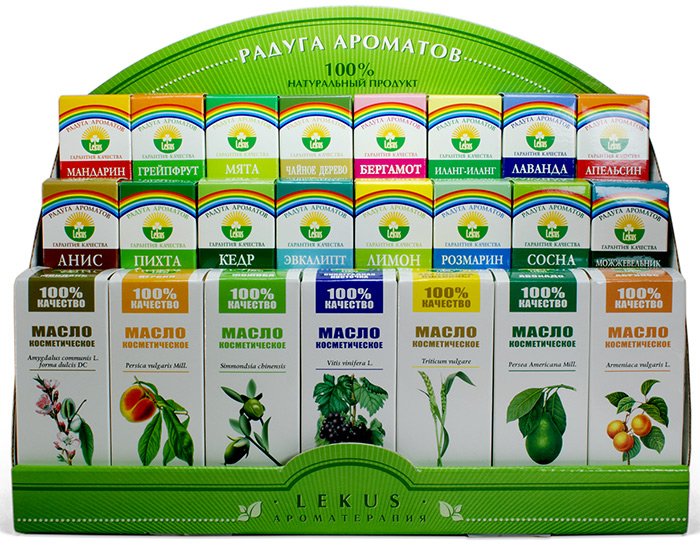
Natural essential oils at affordable prices can only be produced by large companies. If the oil company is smaller, the price is always higher. And in order to compete on prices with large companies, sometimes it is necessary to lower the quality of products. This is where synthetic fragrances come in.
What is the shelf life of essential oils?
The shelf life of essential oils could be called long - an essential oil could last as long as good wine. But it all depends on the storage conditions. Since the essential oil evaporates easily, then with a loosely closed cork, soon nothing will remain in the bottle. Essential oils deteriorate quickly when exposed to light and high temperatures. Therefore, given the possibility of storage in dark bottles, with a well-closing cork (not rubber), as well as the storage temperature, we can roughly name the shelf life of oils:
- citrus oils - orange, lemon, tangerine, bergamot, grapefruit - 1 year. The optimal storage mode is t = 10 ° + 15 ° C.
- resinous oils - patchouli, myrrh, sandalwood, vetiver and the like - shelf life 2 years with optimal storage conditions from + 15 ° to + 40 °. If stored improperly, they thicken and the shelf life is reduced.
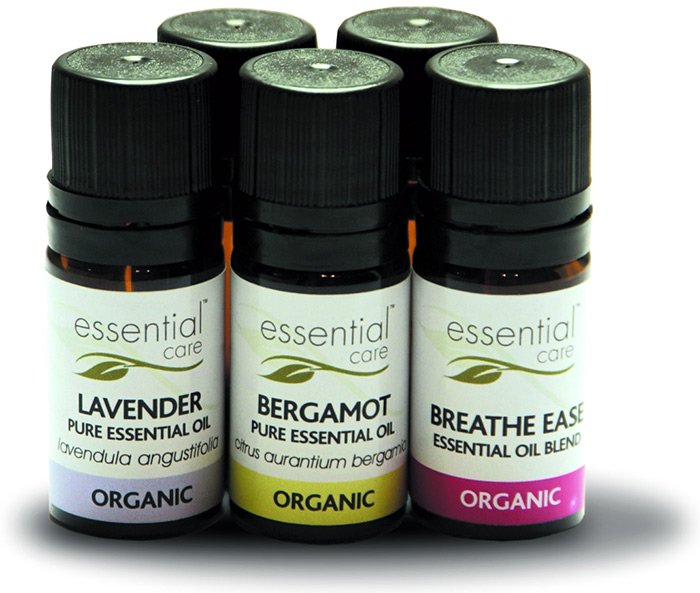
Essential oils love temperature stability.
If the oil is out of date, it cannot be used, it will not bring any benefit.
If essential oils are diluted, then they begin to lose their properties after about two months, the aroma and useful qualities gradually disappear.
If you use oil a lot, and therefore open the plug, the oil will come into contact with the oxygen in the air more often. Thus, the shelf life is also reduced, that is, the approximate shelf life of the essential oil can be considered a year - one and a half at an average temperature for all oils of +15? С.
All essential oils have healing properties: bactericidal, analgesic, antiseptic. But synthetic fragrances do not possess these properties. The ability of essential oils to easily penetrate the skin and enter the bloodstream is used in cosmetics, therapeutic massage, and aromatherapy.
If using essential oils for massage, be sure to dilute them with a base oil, i.e. vegetable oil, which itself has medicinal properties, as it contains many vitamins and biologically active substances. Vegetable oils help essential oils penetrate into our body. Some people prefer to use oils such as sweet almond oil, avocado oil, jojoba (oil in the form of liquid wax), peach, apricot, etc., but in reality, our oils - sunflower, corn or olive have no less medicinal properties than exotic.
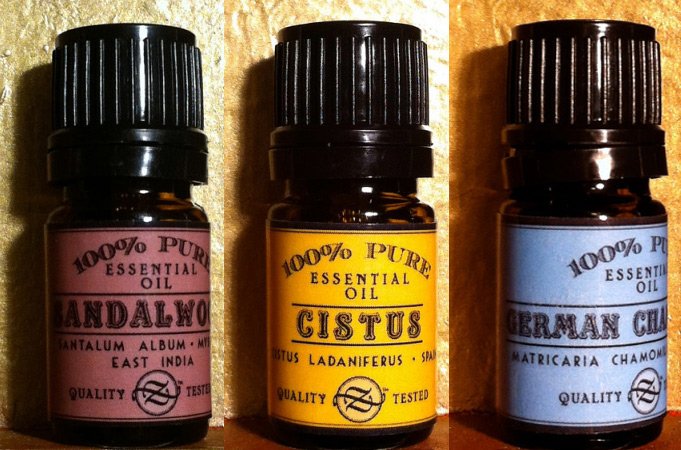
Some tips and precautions for using essential oils:
• Do not use clean, undiluted oils. In this case, the doctor can prescribe the treatment and dosage.
• Remember that essential oil is a very powerful remedy! When pure essential oil comes into contact with the skin, there can be not only allergic reactions, but even burns! In this case, they should be removed with a cotton swab moistened with any vegetable oil (sunflower, olive oils are the best helpers). Water will not help in this case. The fact that essential oils do not dissolve in water is written above.
• Never mix different types of essential oils without consulting an aromatherapist, as the choice of oils and their combination plays a huge role. Sad stories are told about many of these independent decisions. And with acute neuroses or an unstable psyche, the results can be completely tragic.
• For children, essential oils - their combination and quantity - should be used after consulting a doctor, as the use of essential oils can cause negative reactions in babies' bodies.
• During pregnancy, essential oils can also be used after consulting a doctor, most likely the recommendation will be negative.
• Freshly prepared aromatic compositions lose their medicinal properties within one week.
• While taking other medicines, you should consult your doctor about the use of essential oils.
• When you first start using essential oil, check for any allergies.Start with small dosages. And in any case, do not exceed the dosage indicated as acceptable. Take a bath initially no more than 3 - 5 minutes.
• If essential oil gets in your eyes, rinse with clean vegetable oil, not water.
• All essential oils are best used no more than two to three weeks, then a break.
• Citrus essential oils (orange, lemon, grapefruit, tangerine, petite grain) should be used 4 hours before going outside, as they increase the sensitivity of the skin to the sun, that is, pigmentation is possible.
• When using oil, first ask your loved ones and others if they like the smell.
• Since essential oils are liable to spontaneous combustion, they should not be stored or placed near a fire.
• They should be kept out of the reach of children, and it is best to immediately dilute the essential oil with some base oil, that is, vegetable oils (in a ratio of 1:10) after purchase.

Fragrances are an integral part of our life. The great Hippocrates said: "Medicine is the art of imitating nature."
Using plants in our lives makes it possible to find natural remedies to be healthy and happy.
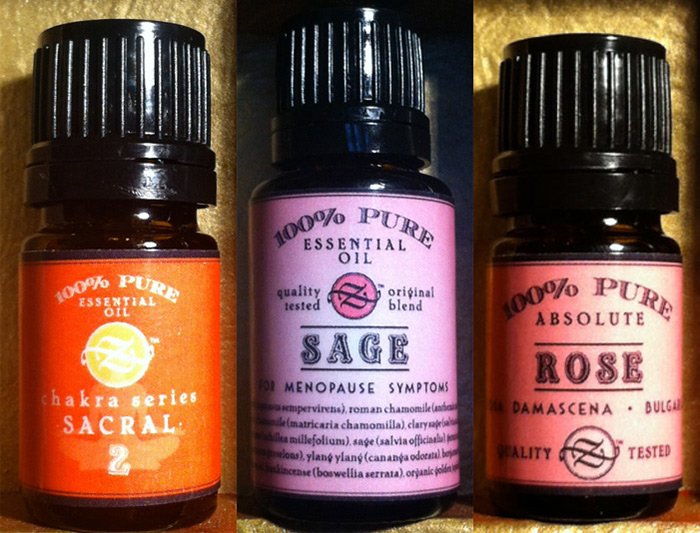
Categories of essential oils - natural, synthetic, artificial ...
Natural essential oils - natural fragrances extracted from ether-bearing plants.
Synthetic essential oils, these are oils obtained on the basis of synthetic fragrances and are identical to natural oils both in qualitative and quantitative chemical composition. They are much cheaper than natural ones. Synthetic oils do not give that physiological effect, do not have the activity of natural oils, and the smell cannot be completely reproduced with their help. Synthetic oils can be completely identical to natural oils, but they always differ in their chemical structure.
Artificial oils - oils that mimic the smell of natural, but not the composition. These oils contain in their composition some of the natural oils in combination with synthetic ones. They are created exclusively for perfumery in order to imitate natural aromas. For medical purposes, these oils are useless.
The use of synthetic and artificial oils in perfumery is legal and not falsified. It is thanks to these categories of essential oils that the consistency of composition and aroma can be achieved in perfumery. This consistency is impossible when using natural essential oils, since different batches of the same name of essential oils differ from each other in quality, processing technology and other factors.
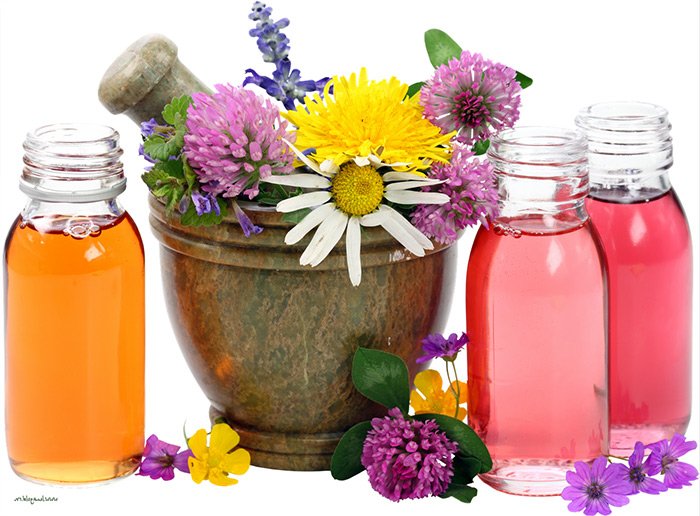
Comments and Reviews
Add a comment
Rating news
Shades of clothing that make women look younger
What shades of hair make women younger: rules and photos
Funny wedding dresses - photos and ideas
12 most expensive down jackets for the winter
How to look 25 at 40: tips from supermodels
Beautiful schoolgirls
Anti-aging haircuts and hairstyles for women
Fashionable skirts for autumn and winter
Fashionable women's trousers for the cold season
Fashionable and stylish sandals for summer 2024
Spring-summer 2024
 Fashionable dresses and tops with thin spaghetti straps
Fashionable dresses and tops with thin spaghetti straps
 Bandana tops: how to wear stylishly and beautifully
Bandana tops: how to wear stylishly and beautifully
 How to put together the perfect men's wardrobe for the summer
How to put together the perfect men's wardrobe for the summer
 Fashionable shorts for spring-summer 2024
Fashionable shorts for spring-summer 2024
 Fashionable skirts for spring-summer 2024: a guide to online shopping
Fashionable skirts for spring-summer 2024: a guide to online shopping
 The most fashionable dresses spring-summer 2024: styles and colors
The most fashionable dresses spring-summer 2024: styles and colors
 Fashionable total look 2024: ideas of images and trends
Fashionable total look 2024: ideas of images and trends
